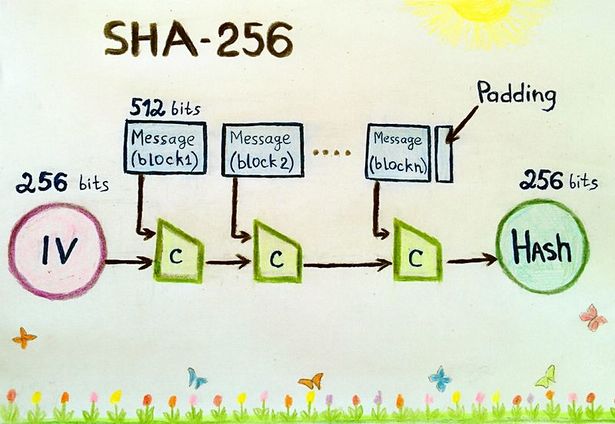BIDI: Blockchain for Image and Data Integrity a.k.a Non Fungible Science
GOAL
–> creating a tamper-proof system for scientific data by storing an unfalsifiable signature (hash of data + metadata characterizing the scientific equipment, experiment, documentation address/reference and context) in the blockchain.
–> this token stored in the blockchain can then be used to authenticate the original experiment, authors, device used and datasets and certify that it is the original, not a modified copy.
NFT Specification
NTF IDs
The basis of this standard is that every NFT is identified by a unique, 256-bit unsigned integer within its tracking contract. This ID number MUST NOT change for the life of the contract. The pair (contract address, asset ID) will then be a globally unique and fully-qualified identifier for a specific NFT within the Ethereum ecosystem.
Content of the Ethereum NFT (ERC721) standard) implementation in a smart contract:
ERC-20 Compatibility (name, symbol, total supply, balanceOf) Basic Ownership (ownerOf, approve, takeOwnership, transfer, tokenofOwnerByIndex) Metadata (tokenMetadata:name, image, description, other metadata]) Events (transfer, approval)
LINKS
https://www.proofofexistence.com/
https://www.sciencedirect.com/science/article/pii/S2210832717300753
https://docs.google.com/document/d/1Uhjb4K69l0bSx7UXYUStV_rjuPC7VGo0ERa-7xEsr58/mobilebasic
https://futurism.com/neoscope/george-church-harvard-scientist-genetic-code-nft
NFT science paper IPFS token
https://www.gizmodo.com.au/2021/03/researchers-found-a-way-to-literally-sell-a-nft-for-science/
{
“title”:”Molecular structure of nucleic acids: a structure for deoxyribose nucleic acid.”,
“refNLM”:”Watson JD, Crick FH. Published in Nature, number 4356 April 25, 1953. Nature. 1974 Apr 26;248(5451):765”,
“IPFS”:”QmcEXtfCZvSy1CFZuP78dNMjhbU3Vx5G1zRtVFt3PGAD1g”
}
